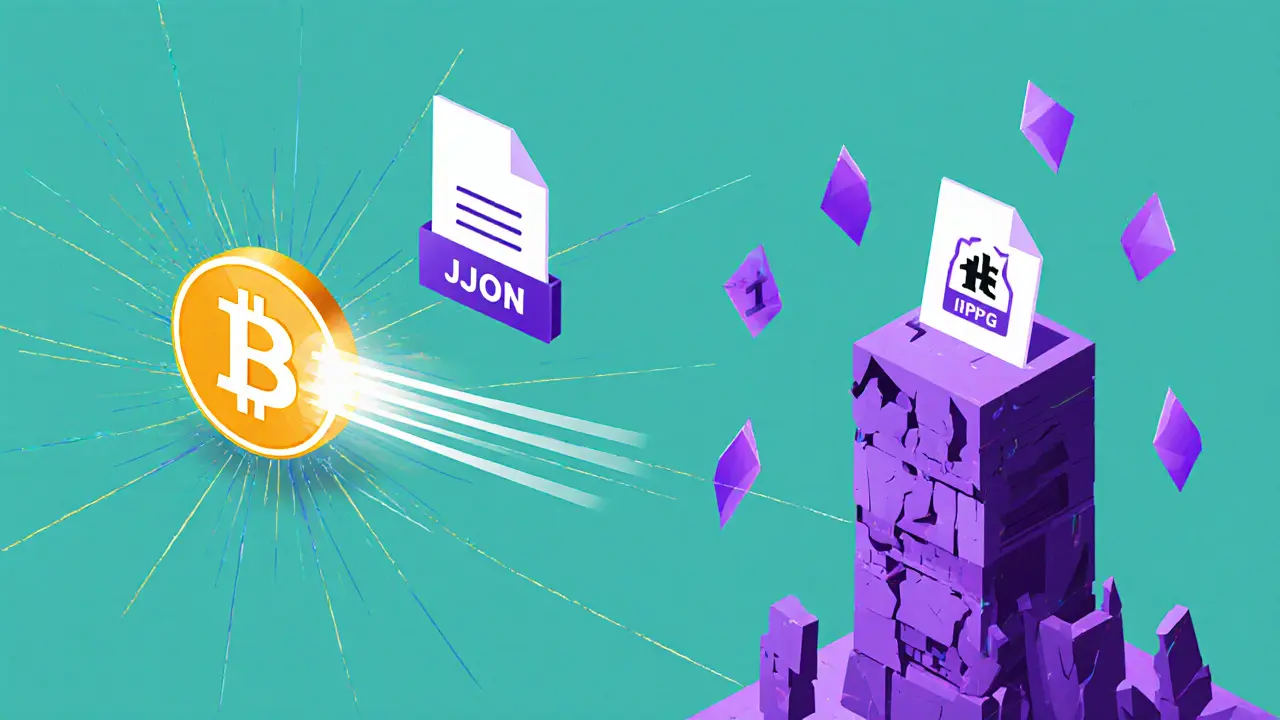NFT Storage: Where Your Digital Assets Really Live
When you buy an NFT, you don’t actually own the image or file—you own a token that points to it. That pointer is only as strong as the NFT storage, the system that holds the actual digital file behind an NFT. Also known as decentralized storage, it’s the invisible foundation that keeps your Bored Ape, CryptoPunk, or generative art from vanishing overnight. Most NFTs link to files hosted on centralized servers like AWS or Google Drive. If that server goes down, your NFT becomes a dead link. You still hold the token, but the art? Gone. That’s not ownership—it’s a gamble.
Real NFT storage means permanent, decentralized solutions. IPFS, a peer-to-peer network that stores files by their content, not their location. Also known as InterPlanetary File System, it’s fast and widely used, but files can disappear if no one keeps them pinned. Then there’s Arweave, a blockchain that pays miners once to store data forever. Also known as permaweb, it’s the only system built for permanent storage—no subscriptions, no upkeep, just pay once and it lasts. And Filecoin, a decentralized storage marketplace where users rent hard drive space. Also known as crypto-powered cloud storage, it’s flexible and scalable, but relies on ongoing payments to keep files alive. These aren’t just tech terms—they’re survival tools for NFT owners. If your NFT uses IPFS without pinning, it’s at risk. If it’s on Arweave, it’s likely safe for decades. Filecoin? Only if someone’s actively paying for it.
Most NFT projects skip the hard part. They use cheap, temporary storage to save money—then blame you when the art disappears. That’s why you see so many dead NFTs floating around. The ones that last? They use Arweave. The ones that vanish? They used IPFS without backup. The ones that cost a fortune? They’re on Filecoin with long-term deals. Your NFT’s value isn’t just in the image—it’s in the storage behind it. The posts below break down exactly how each system works, who uses them, and which ones actually deliver on their promises. You’ll find real examples of projects that got it right, and the ones that didn’t. No fluff. Just what you need to know before you buy—or lose—your next NFT.
How NFT Metadata Links to Digital Assets
NFT metadata connects your token to the digital asset it represents - but that link is often fragile. Learn how IPFS, centralized servers, and on-chain storage work, why most NFTs risk breaking, and how to protect your investment.
learn more